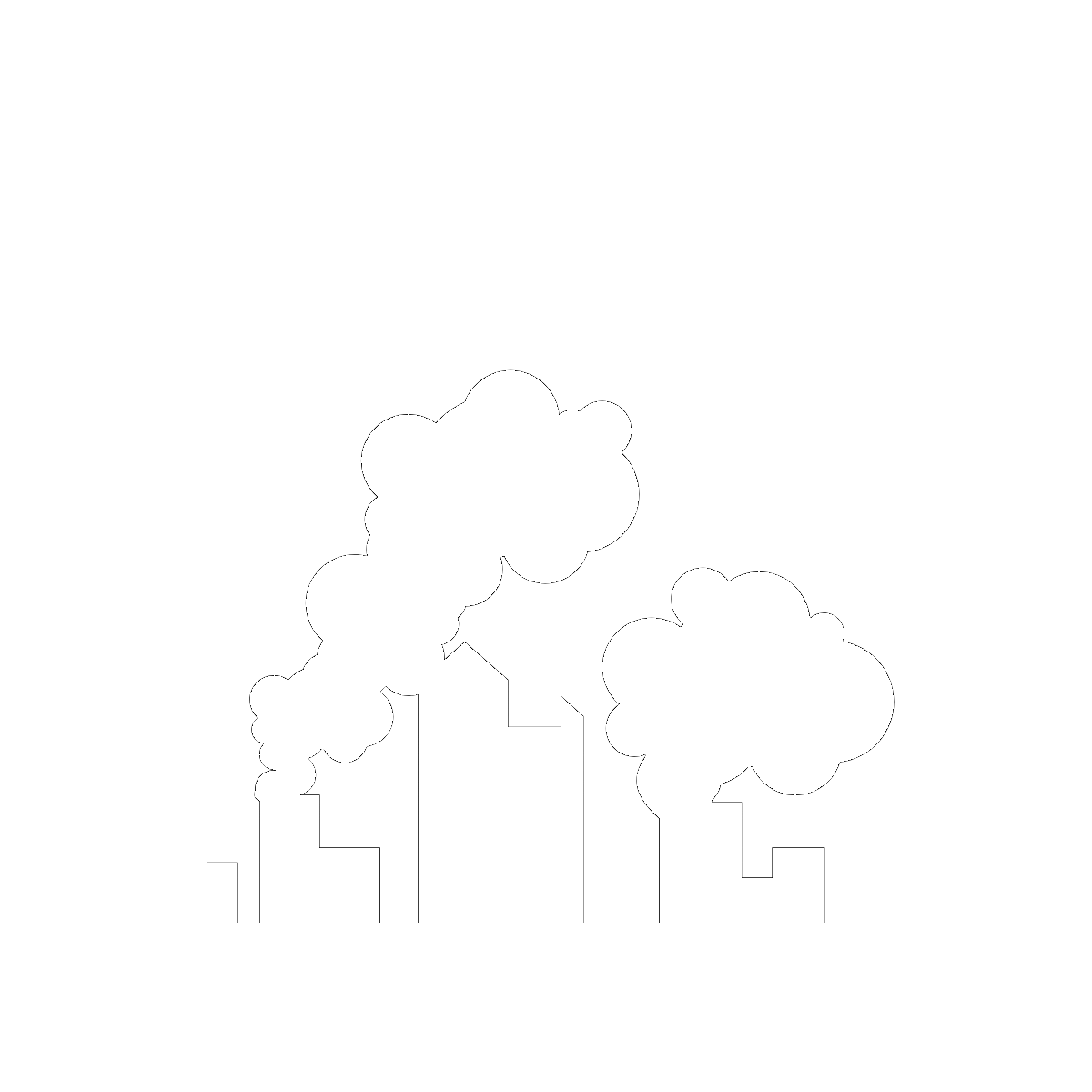“Composed upon Westminster Bridge, September 3, 1802” Summary
No sight on Earth is more beautiful than the view from Westminster Bridge. In fact, only someone suffering from a severe spiritual deficiency could walk by without noticing the view, which is emotionally stirring in its all-encompassing magnificence. London is wearing the clear, soft light of dawn like a piece of clothing. Undisturbed by human activity, the city’s many different buildings stretch outward and upward, until they blend into the surrounding farmland and overarching sky. The city shines like a diamond, and the air is clear. The sunlight has never shone on any feature of the natural landscape more beautifully than it now shines on the city as a whole. I've never seen nor felt such pure and unwavering tranquility. The river flows easily, guided only by the forces of nature. My God, even the houses seem like they’re sleeping. The whole city is like a single, immensely powerful object that for the moment remains inactive.
“Composed upon Westminster Bridge, September 3, 1802” Themes
Nature vs. Civilization
In “Composed upon Westminster Bridge, September 3, 1802,” the speaker contemplates early-morning London from a bridge. In the clear, quiet dawn, the speaker’s takes in the city and its natural surroundings, seeing them as both separate and unified. By comparing the city to the natural world that surrounds it, the poem emphasizes the challenge of locating a clear border between the two. The poem arguably goes so far as to suggest that there isn’t one, and that the city itself is an extension of nature.
With its title, the poem opens with an image of a bridge—a symbol of the bond between the human and the natural world. A bridge is a human-made structure that spans a natural feature (in this case, the River Thames). It puts distance between people and the water yet also creates a space for people to appreciate the water from a new angle. In that sense, the bridge allows people to both overcome nature and immerse themselves in it more deeply. As an image, then, this bridge represents the link between these two worlds.
The poem’s first lines then develop the connection between the city and nature by describing the city itself as a natural feature of the Earth. In fact, according to the speaker, the city is actually better looking than any other feature of “Earth,” to the point that the sight of it is “touching.” “Earth” is a word that more strongly connotes the planet’s green and blue wilderness than the image of a city, yet in the speaker’s description, the Earth seems proud to “show”—as in “show off”—early-morning London as if the city were its offspring.
The speaker also challenges perceived borders between nature and the city. The speaker lists some of the manmade structures he or she looks upon—“Ships, towers, domes, theatres, and temples,” which at first might suggest a contrast between urban and natural scenery. Yet even as their variety is evidence of human beings’ technical skill, it is also indebted to the various forms of nature: mountains, cliffs, canyons, trees, etc. These structures lie “Open unto the fields,” as if to acknowledge their debt, “and to the sky,” as if to locate both the city’s aspirations and its limits. Furthermore, the city’s openness suggests a fluid border—that there is no clear line where the city ends and nature begins. This is further exemplified when the speaker notes that the river glides through the city “at his own sweet will.”
Finally, the poem judges this mix of city and nature as somehow even better than “pure” nature. In fact, the city seems the ideal stage for contemplating the “beauty of the morning,” as the morning sunlight is somehow better appreciated when cast upon the waking city. “Never did sun more beautifully steep / In his first splendour, valley, rock, or hill,” the speaker says. Rather than reveal the city’s ugliness, the sunlight enhances its fairness. The cityscape seems to glitter with more majesty than “valley, rock, or hill” ever did. Like mountains, the buildings are also “silent” and “bare”—imagery that suggests the city itself as a place of peace and renewal.
It’s worth noting that Wordsworth wrote this poem during the Industrial Revolution, meaning that the idyllic London his speaker describes was probably far from the reality of urban life at the time. In this sense, the poem can also be understood as a vision of what an ideal city could be, or perhaps simply an overly rosy vision spurred by the relative clarity of a morning not yet encumbered by the smoke of industry.
Individuality vs. Community
In describing London, the poem’s first-person speaker alludes to a range of human experience. The poem emphasizes a tension between the individual speaker and the city he or she observes, implicitly questioning how best to conceive of a city’s identity: does a city actually have an identity, or is it just a bunch of disparate pieces in close proximity? By expressing opinions in the first person and personifying aspects of the city, the poem suggests it’s possible to look at it both ways—specifically, that an individual perspective helps us see the city as a unified whole. The poem both acknowledges the city’s size and diversity while asserting that it has a unique and cohesive identity based on its many disparate parts.
From the beginning, the poem emphasizes that its perspective is both limited and panoramic. The title precisely identifies time and place: “Composed upon Westminster Bridge, September 3, 1802.” Its specificity narrows the perspective to a single spot in a single moment in time. However, from this precise location, the speaker is positioned to take in a broad and inclusive view of the city.
The poem’s first three lines further emphasize the tension between the individual and the city, or between the part and the whole. Because they make opinionated claims about the beauty of the city, the first two lines confirm that a single city-dweller (or city-visitor) is speaking. The third line, however, widens the scope. This poem isn't about particular street-level relationships, but rather about the broader, vaguer “majesty” of the city; though filtered through one person's perspective, this is a poem about the whole of London. And by speaking with such conviction, the speaker suggests that the sight of the city can be emotionally stirring for any viewer. The speaker, therefore, prepares to participate in the collective of the city’s literal waking, an experience that’s all the more “touching”—more majestic—when shared.
At the same time, the speaker sees the city for its resemblance to a single person who, “like a garment” wears the “beauty of the morning.” In this way, the speaker conditions the reader to the contradiction of one (i.e. the city) equaling many (i.e. its many distinct inhabitants). The speaker also seems to be reminding the reader that the city would not exist if it weren’t for living, breathing human beings. Though writing during a time of exploding industry, the speaker asserts that, more than any factory, people are what make up a city’s identity.
The speaker concludes with a striking image that represents both the individual city-dweller and the city as a whole: “the very houses seem asleep; / And all that mighty heart is lying still!” The speaker notably moves from the plural “houses” to the singular “heart,” a metaphor for the sleeping city. Again, this suggests that the city’s many individual residents together form one identity. This heart is a giant life force, on the brink of setting over a million lives into motion. The “mightiness” of this solitary heart ends the poem on a note of strength: the unified identity of the city is what gives it, and all the individuals who live there, potential.
Fleeting Beauty
The poem takes place at dawn, a moment of fleeting tranquility before the city wakes up and interrupts the speaker’s calm. This sense of impermanence infuses every aspect of the poem. It repeatedly reminds the reader that the city represents change, in the sense that it has transformed the landscape and reordered human life. Thus, the poem argues that beauty and tranquility are impermanent—but it also insists that despite the change, beauty can always be recovered.
From its opening lines, the poem describes a version of the city that will not last. The city is “fair” and “touching in its majesty.” In the morning sunlight, it is “silent” and “bare.” The speaker does not say what will come next, but given what we know about London during the Industrial Revolution, we can safely assume that noise and roughness will replace the silence and fairness once people wake up and start going to work. Other pieces of the poem’s context also imply the impermanence of the speaker’s vision. Presumably the speaker is in transit, not just standing on the bridge, but walking across it. The day is specified too, emphasizing the momentary nature of the vision.
By omitting, or merely hinting at, the characteristic features of an industrial city, the poem emphasizes the impermanence of what the speaker sees. The speaker describes the spread of buildings as “All bright and glittering in the smokeless air.” With the words “bright” and “glittering,” the speaker conveys a sense of total clarity. But this clarity only exists thanks to the absence of smoke in the air. The speaker implicitly reminds readers that the city will only look this way as long as the factories aren’t churning.
Also unusual in a busy industrial city, the “river glideth” without anything blocking or diverting it. The river runs “at his own sweet will,” that is, without human interference. This tranquil image contributes to the speaker’s deep calm. Given the context of the poem, however, it’s arguable that the speaker says this knowing that, given the factories and slaughterhouses that line its banks, the river is growing more polluted—and less naturally beautiful—every day.
The ecstatic language in the second half of the poem suggests that despite the constant change, an attentive observer can always find beauty in the city. The speaker describes the city as if seeing it for the first time. “Never” did the sun “steep” anything so beautifully in its light; “Ne’er” has the speaker felt a “calm so deep.” From the earlier descriptions, it’s clear the speaker understands this beauty’s fleetingness. These ecstatic expressions of a fresh vision suggest that the fleetingness makes the beauty more emotionally moving, because it’s so precious. The poem suggests that by embracing the stillness, silence, and clarity of mornings such as these, the city-dweller can learn to appreciate the briefly beautiful moments that only a city can offer.
Line-by-Line Explanation & Analysis of “Composed upon Westminster Bridge, September 3, 1802”
Line 1
The first line of models the rest of the poem, hinting at its main themes, giving information about the speaker, and previewing the way in which the poem will both adhere to and subvert the Italian sonnet form.
Read alongside the title, the first word, “Earth,” introduces the theme of nature vs. civilization. The title indicates that the setting of the poem is Westminster Bridge, a manmade structure in an urban environment that spans a natural feature (the Thames River). Rather than start with the specific view from the bridge, however, the poem starts with a comprehensive view of the entire planet. Earth, which has the ability to “show,” is personified. This attention to Earth tells the reader that the poem will consider the city’s place within the natural world.
The line also gives the reader information about the speaker. There’s a lot of confidence in the opening declaration. By professing certainty about the highly arguable claim that nothing is “more fair” than the view from the bridge, the speaker emphasizes that this is a poem told from the limited, and possibly unreliable, perspective of one person.
In its imperfect iambic pentameter, the line’s meter imitates the way this person might actually talk. Not every foot in the line is unstressed-stressed, however, as it would be if it were written purely in iambic pentameter:
Earth has | not an | ything | to show | more fair:
The first foot is actually a trochee, a syllable pair that is stressed-unstressed—the reverse of an iamb. This trochee places extra emphasis on the word “Earth,” and allows the speaker to begin on an assertive note with perhaps a hint of a challenge (that is, for someone to reveal anything fairer than the city before the speaker). The line also resembles the real speech of a city-dweller.
The line does end with an iamb, the stress of which highlights the word “fair,” as well as with a colon, which creates an end-stopped line. This clear end-stop forces the reader to pause and consider the boldness of this opening statement, while the use of "fair" marks an instance of both adhering to and breaking with tradition: it was not uncommon in 1802 England to use “fair” to signify beauty, as Wordsworth does here. But to describe smelly, industrial London? That may have come as a surprise!



